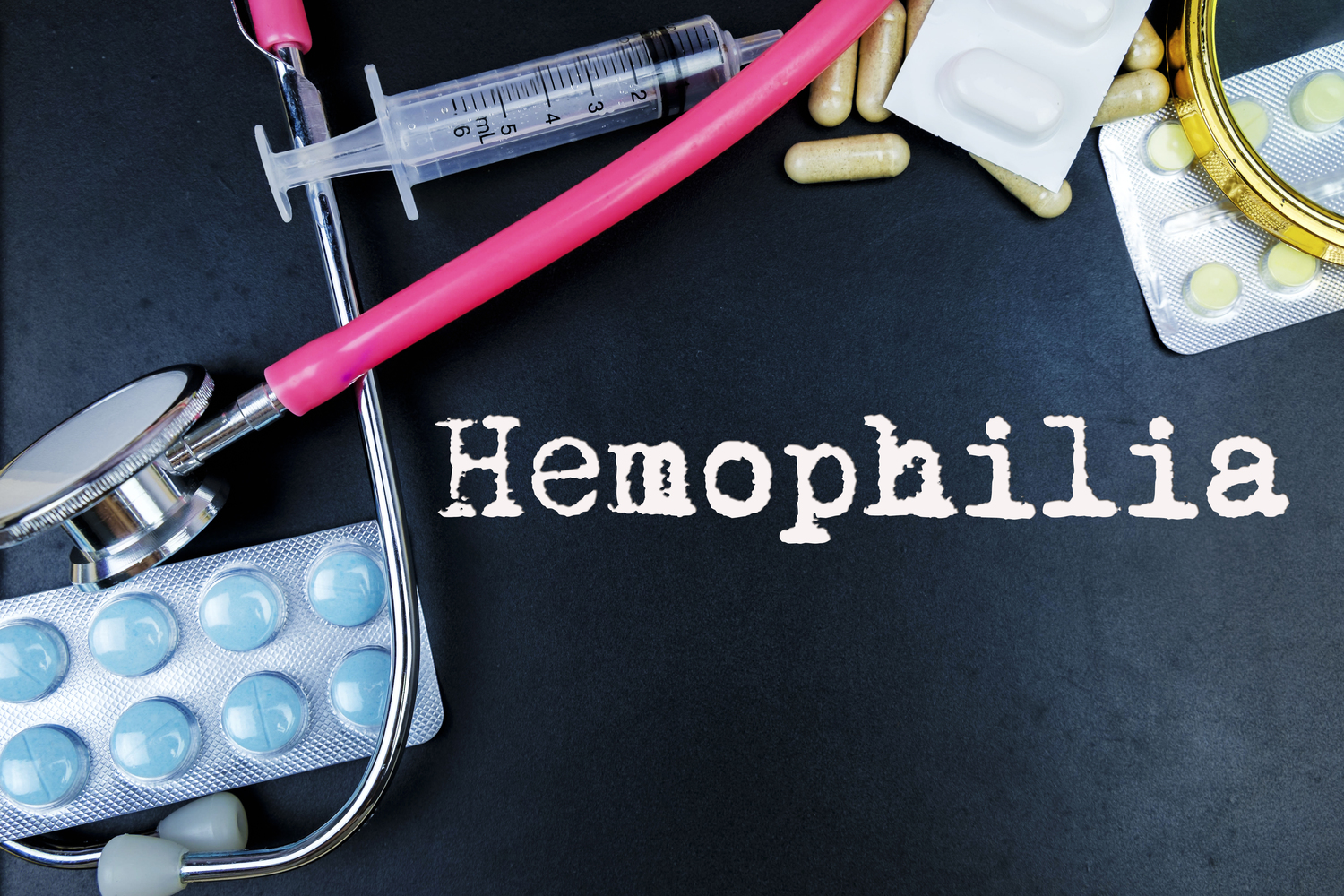
The Diagnosis and Treatment of Hemophilia
Statistics from the National Hemophilia Foundation reveal that there are currently about 20,000 people with hemophilia living in the U.S. Hemophilia is a group of relatively rare genetic disorders, which is characterized by the inability of blood to form clots, an essential process to stop bleeding. It is to be noted that early hemophilia diagnosis and treatment is something that is very important.
Hemophilia is more commonly found in males than in females. The gene-mutation is often passed from female to male children. Greater awareness of hemophilia diagnosis and treatment can go a long way in helping to manage the disease outcomes. Read on to find out more about the diagnosis and treatment of hemophilia:
1. What is hemophilia?
When blood-vessels rupture and bleeding occurs, it sets in motion a complex process to plug the leak. This is known as clotting and occurs via the creation of a fibrin clot. Fibrin is the end product of the reaction of about 13 factors in the blood. In people with hemophilia, two crucial factors—Factors VIII or IX are absent, resulting in the inability of the blood to clot. As a result, the bleeding process lasts for much longer following an injury, there is a tendency to bruise easily, and bleeding can occur in the joints or inside the brain. In severe cases, it can pose a risk to health and life. That is why early hemophilia diagnosis and treatment is crucial.
2. Hemophilia diagnosis
The generally inherited nature of the disorder makes it easy to diagnose hemophilia before, during and after birth if the family history is known. Otherwise, it is identified only when the child begins to crawl or sit up. There are several variants of the condition:
- Hemophilia A: classic type or Factor VIII deficiency represents 80% of cases. One-third of the cases occur with no family history.
- Hemophilia B: This “Christmas” type or Factor IX deficiency represents 20% of cases. One-fifth of cases occur with no family history
- Hemophilia C: “Autosomal” or Hemophilia C is the mildest, rarest form, caused by Factor XI deficiency and may be identified only during surgery/trauma. It can affect both genders equally.
A family history of the condition is a high-risk marker. The disorder can be diagnosed in vitro in the fetus through umbilical-cord blood tests.
Blood tests are used to grade the clotting factor present in the blood plasma. The gradation is as follows:
- Mild: clotting factor 5-40%
- Moderate: clotting factor 1-5%
- Severe: clotting factor less than 1%
Tests recommended are CBC (complete blood count), APTT (activated partial thromboplastin time), PT (prothrombin time), fibrinogen tests, clotting factor tests, pre-implantation diagnosis, and prenatal testing.
3. Common symptoms of hemophilia
Typical signs of hemophilia include:
- Blood in the stool or urine
- Irritability or unexplained bruising in children
- Bleeding gums
- Breathing difficulty
- Excessive and frequent nosebleeds
- Joint pain, swollen or tight joints, joint deformity
- Low immunity
- Risk of developing hepatitis and HIV from donor blood
Some other symptoms of the condition include severe headache with frequent vomiting, neck-pain, blurred vision, uncontrolled bleeding from an injury, and drowsiness
4. Treating hemophilia
Since there is no long-term cure, treatment comprises management, preventing bleeding, symptomatic pain medication, steroids, and physical therapy using the following:
- Gene therapy as a treatment for hemophilia is currently at the research stage.
- Clotting factor replacement for Factors VIII, IX synthesized from human and non-human blood is slowly dripped into a vein as a form of treatment.
- If bleeding occurs, missing clotting factors can be replaced preventively (as prophylaxis) or on-demand. Most patients learn to do home-based infusion therapy.
- Desmopressin hormone treatment is used to treat mild hemophilia.




